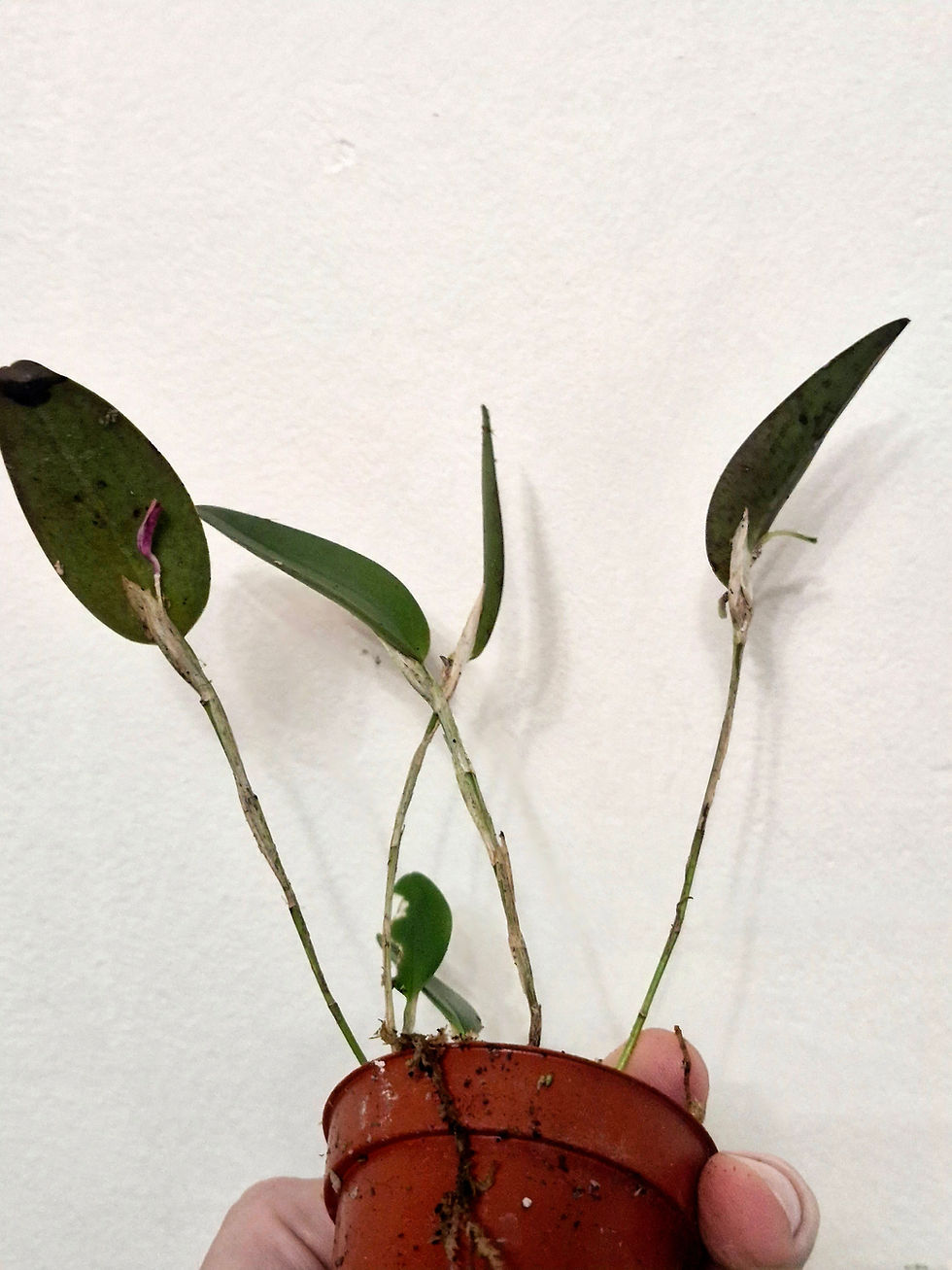Habitat:
Tamarindus indica is native to Madagascar and the Comoros but has been widely cultivated and naturalised across South Asia, Southeast Asia, the Caribbean, and Central America. It grows in dry tropical woodlands, savannahs, and cultivated fields from sea level up to 1,500 metres. It thrives in areas with a lq0araaà dry season and prefers open, sunny locations in well-drained soils, including lateritic and alluvial types.
Description:
Tamarindus indica, commonly known as tamarind, is a long-lived, slow-growing, deciduous tree that can reach 20–25 metres in height with a broad, spreading crown. The trunk is often thick with grey, fissured bark. Leaves are alternate, pinnately compound with 10–20 pairs of small, oblong leaflets, each 1–2 cm long, giving the foliage a soft, feathery appearance. The tree produces yellow flowers with red or orange streaks, borne in small racemes; individual flowers are about 2.5 cm in diameter. The fruit is a curved, brown pod, 10–20 cm long, containing a sticky, edible pulp and several hard, glossy brown seeds. The pulp is rich in tartaric acid and widely used in culinary and medicinal applications. Tamarindus indica is monotypic within its genus and is easily distinguished by its compound leaves, yellow flowers, and distinctive indehiscent pods.
Cultivation:
Tamarindus indica thrives in hot climates with daytime temperatures between 28°C and 38°C and nighttime temperatures from 18°C to 24°C. It prefers full sun exposure and tolerates drought well once established. Optimal humidity ranges between 30% and 60%. The species grows best in deep, well-draining sandy loam or alluvial soils with a slightly acidic to neutral pH (5.5–7.5). Regular watering is essential during the first 2–3 years to establish deep roots, after which the tree becomes highly drought-resistant. Fertilise young trees annually with a balanced fertiliser; mature trees require minimal fertilisation. It does not tolerate waterlogging. In non-native areas, protect seedlings from frost and cold winds.
Specifications:
Plant Size: propagated early 2025. Plants are 25 -50 cm.
Plant Family: Fabaceae
Plant Passport: Tamarindus indica B 140084 C 00000. D GB
top of page
£20.00Price
No Reviews YetShare your thoughts.
Be the first to leave a review.
Related Products
bottom of page



























